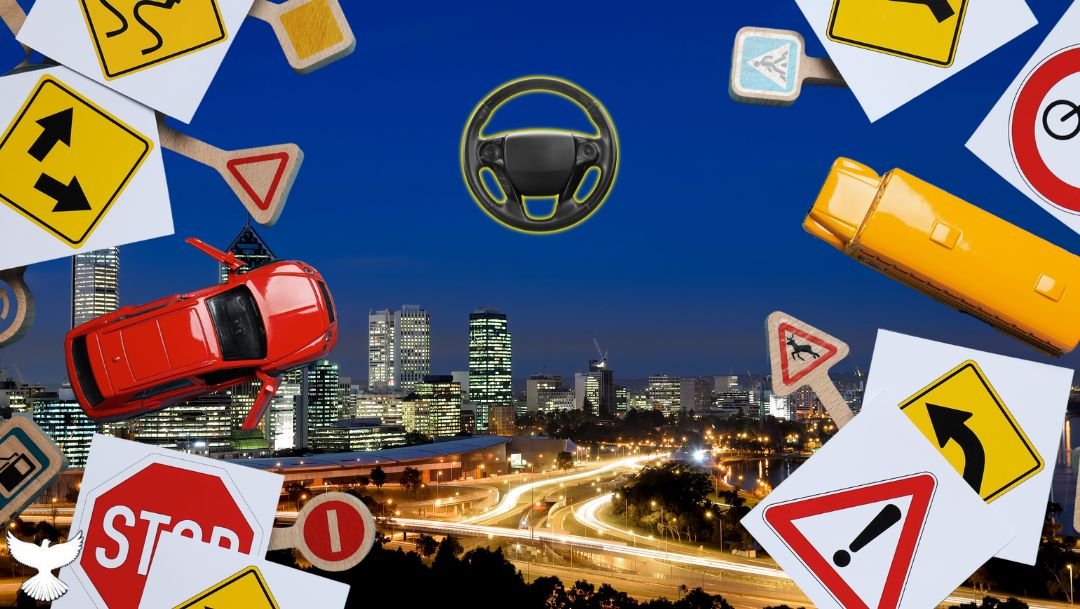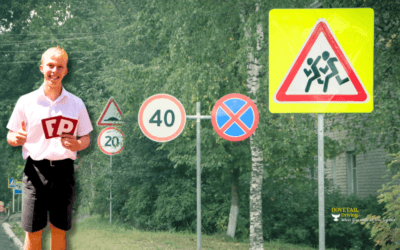Navigating the roads at night introduces a unique set of challenges and opportunities for new drivers, especially when learning how to drive at night for beginners. From understanding how to effectively use your headlights to recognizing the importance of increased following distances and mastering defensive driving techniques, there’s much to consider. That’s why gaining hands-on experience under the guidance of a seasoned professional can make all the difference.

Essential Nighttime Driving Tips for Beginners
Driving at night, especially for beginners, can be a bit daunting, but with the right preparation and mindset, it can become a comfortable part of learning to drive. Here are 25 tips to help beginners navigate nighttime driving safely and confidently:
- Use your headlights: Always ensure your headlights are on and properly adjusted. This not only helps you see the road better but also makes you more visible to other drivers.
- Check your vehicle’s lights: Regularly check that all your vehicle’s lights (headlights, tail lights, brake lights, and indicators) are working correctly to ensure maximum visibility and communication with other road users.
- Reduce speed: At night, it’s harder to see and react to obstacles in your path. Reducing your speed can give you more time to respond to unexpected situations.
- Increase following distance: Keep a greater distance from the vehicle in front of you than you would during the day. This gives you more time to react to their actions.
- Avoid glare: Don’t stare directly at the headlights of oncoming traffic. Instead, focus on the right edge of your lane or the road to avoid being blinded by glare.
- Use high beams judiciously: High beams can improve visibility but should be switched to low beams when approaching or following other vehicles to avoid blinding other drivers.
- Be mindful of pedestrians and cyclists: They can be harder to see at night. Be especially cautious in areas where they are likely to be.
- Watch for animals: In some areas, animals on the road can be more common at night. Be on the lookout for reflective eyes or movement on the roadsides.
- Stay alert and rested: Driving at night requires more concentration. Avoid driving if you’re feeling tired, and take breaks if you’re on a long journey.
- Keep windows and mirrors clean: Visibility is crucial, so ensure your windows and mirrors are clean to minimize glare and maximize your ability to see around you.
- Adjust your dashboard lights: Dimming your dashboard lights can reduce glare inside the vehicle and improve your road visibility.
- Use lane markers as a guide: If visibility is poor, use the reflective lane markers to help guide you, especially on unlit roads.
- Plan your route: Know your route in advance. Familiar routes are easier to navigate at night.
- Practice: Like all driving skills, practice makes perfect. Start in familiar areas with less traffic and gradually build up to more complex routes.
- Stay calm and focused: Night driving can be nerve-wracking, but staying calm and focused helps you make better decisions and react more effectively to any situation.
- Use navigation aids: A GPS or navigation app can help you anticipate turns and exits, reducing stress and allowing you to focus on the road.
- Watch for road signs: Reflective road signs are designed to be more visible at night. Pay extra attention to them for guidance and warnings.
- Adjust your interior lighting: Ensure your interior lights are dimmed or off, as bright lights inside the car can reduce contrast and make it harder to see outside.
- Wear appropriate eyewear: If you wear glasses, consider anti-reflective coatings to reduce glare from oncoming headlights and streetlights.
- Practice defensive driving: Always assume others may not see you or may make unpredictable moves. Be prepared to react safely.
- Check weather conditions: Night driving can be more challenging in adverse weather conditions. Check the forecast and be prepared for changes in visibility and road conditions.
- Limit distractions: Keep your focus on the road by minimizing distractions inside the car, such as loud music or conversations.
- Ensure proper mirror alignment: Adjust your side and rearview mirrors to minimize the glare from cars behind you while maximizing your field of vision.
- Familiarize yourself with your car’s features: Know how to quickly and safely use your car’s headlight, high beam, windshield wiper, and defogger controls without taking your eyes off the road.
- Attend a night driving course: If available, consider taking a night driving course to gain hands-on experience under professional supervision. This can be especially beneficial for building confidence and learning specific night driving techniques.



Recent Comments